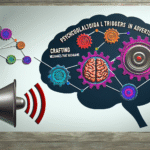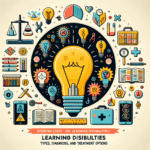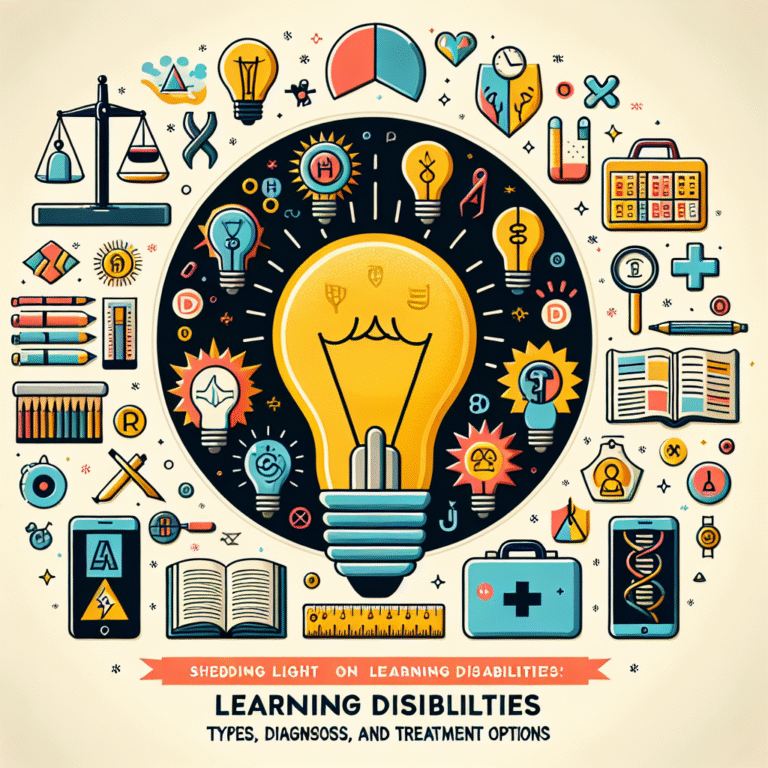
Introduction
In today’s dynamic educational landscape, educators face an array of challenges, chief among them being classroom disruptions. Navigating class disruptions is not merely about discipline; it’s an essential skill that can transform learning environments and enhance student engagement. When disruptions occur, the impact extends beyond the immediate moment; they can significantly hinder the educational experience for both teachers and students.
This article delves into Navigating Class Disruptions: Proven Methods for Smooth Classroom Management, equipping educators with actionable strategies to foster an effective learning atmosphere. Through case studies, insights, and practical tips, we’ll explore how you can maintain order while nurturing a supportive classroom culture.
Understanding Classroom Disruptions
Types of Classroom Disruptions
Classroom disruptions can be broadly classified into several categories, including:
- Behavioral Disruptions: These include shouting, talking over others, or physical altercations.
- Environmental Disruptions: Factors like noise from outside or technical difficulties can interrupt the flow.
- Emotional Disruptions: Instances of stress or anxiety can affect students’ ability to focus.
The Cost of Disruptions
Disruptions negatively affect not only the learning process but also the emotional well-being of students. Studies show that a chaotic classroom can lead to decreased academic performance, increased dropout rates, and a heightened sense of anxiety among students.
Case Studies in Classroom Management
Case Study 1: Mindfulness Practices in Action
In a northern California middle school, teachers adopted mindfulness practices to help students regulate their emotions. They introduced daily five-minute mindfulness sessions, allowing students to calm down, refocus, and reset their minds. The result? A 35% decrease in behavioral disruptions over the course of the semester.
Analysis: This case highlights the importance of emotional awareness and self-regulation in Navigating Class Disruptions: Proven Methods for Smooth Classroom Management. Mindfulness can be a powerful tool in fostering a calm classroom environment.
Case Study 2: Positive Reinforcement Techniques
A high school in New York implemented a positive reinforcement system that rewarded students for demonstrating good behavior. The school created a point system redeemable for school privileges and activities. There was a marked improvement in classroom behavior, evidenced by a 50% reduction in incidents over two academic years.
Analysis: The focus on positive reinforcement offers a proactive approach to managing classrooms. It aligns with the understanding of how motivation plays a crucial role in Navigating Class Disruptions: Proven Methods for Smooth Classroom Management.
Proven Methods for Smooth Classroom Management
1. Establish Clear Expectations
Setting clear and consistent rules is the cornerstone of classroom management. By explicitly laying out classroom expectations, you provide students with a framework to understand acceptable behavior.
Example Table: Classroom Rules
| Expectation | Description |
|---|---|
| Respect Each Other | Listen when others are speaking, use polite language. |
| Stay On Task | Focus on your work and minimize distractions. |
| Raise Hand to Speak | Wait for your turn to contribute to class discussions. |
2. Build Strong Relationships
Establishing positive relationships with students can significantly mitigate disruptions. When students feel valued and respected, they are more likely to adhere to classroom norms.
Action Tip: Make an effort to learn each student’s name and interests. Incorporate these elements into lessons to make them feel more involved.
3. Incorporate Engaging Activities
Engagement is a critical component in reducing disruptions. Utilizing interactive and hands-on activities can keep students focused and eager to participate.
Action Tip: Employ multimedia tools, group work, and technology to cater to different learning styles and interests.
4. Employ a Restorative Approach
When disruptions do occur, applying restorative practices can help repair relationships and restore a sense of community. This involves open dialogue, allowing students to express their feelings, and working towards a resolution collectively.
5. Use Nonverbal Cues
Sometimes subtle reminders can effectively redirect behavior without disrupting the flow of learning. Nonverbal cues, such as eye contact, gestures, or designated signals, can prompt students to refocus without needing to stop the lesson.
6. Create a Safe Environment
Students must feel safe both physically and emotionally to thrive. A supportive environment encourages risk-taking and fosters academic exploration. Incorporate structured activities that promote teamwork and collaboration to create a sense of belonging.
Addressing Common Concerns
FAQ Section
1. What if disruptions occur frequently despite having rules in place?
Even with well-established rules, disruptions may still happen. Regularly review and reinforce expectations, and have discussions with students to understand their perspectives.
2. How can I handle conflicts between students?
Use conflict resolution techniques that focus on communication. Encourage students to talk through their issues and express their feelings in a controlled manner.
3. Are there specific strategies for early elementary vs. high school students?
Absolutely! While younger students may benefit from visual aids and structured routines, high school students may respond better to more autonomy and discussions around expectations.
4. How do I deal with a disruptive student without humiliating them?
Focus on private discussions rather than calling them out in front of peers. Use a calm tone and express concern for their behavior, discussing ways to improve it together.
5. Is it essential to involve parents in the management of classroom disruptions?
Involving parents can provide additional support and context. Regular communication can help align expectations and foster a more unified approach to managing behavior.
Conclusion
Successfully navigating class disruptions requires a thoughtful blend of strategies, empathy, and proactive measures. By implementing the proven methods outlined in this article, you’ll be well-equipped to foster a smooth classroom environment conducive to learning. Remember, the core principle of Navigating Class Disruptions: Proven Methods for Smooth Classroom Management is not just about maintaining order, but nurturing a community where every student feels valued and engaged.
Investing time to build relationships, establish expectations, and utilize effective engagement techniques will pay dividends in student success and satisfaction. As you undertake this journey, keep in mind that your classroom environment shapes not only the academic experience but also the personal growth of each student.
Takeaway
Embrace the challenge of navigating disruptions as an opportunity for growth and development. By honing your classroom management skills, you can create a legacy of learning and support that empowers students to thrive.
By integrating the approaches discussed, you’re on the path to mastering Navigating Class Disruptions: Proven Methods for Smooth Classroom Management. Whether you’re a seasoned educator or just beginning your journey, remember that the impact you make extends beyond the classroom walls. Let each strategy serve not only as a tool for managing behavior but also as a means of inspiring the next generation of learners.














